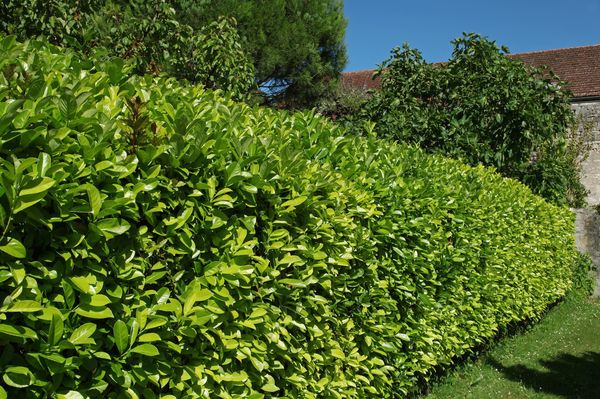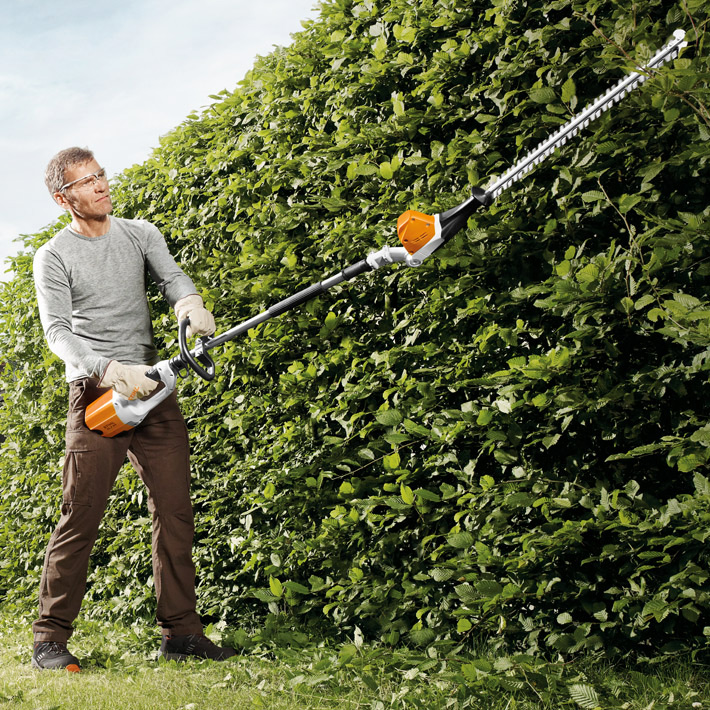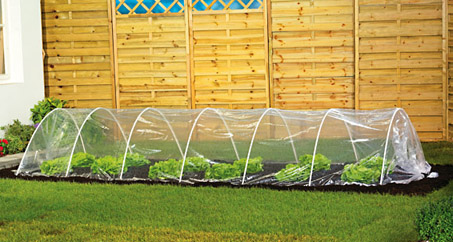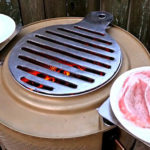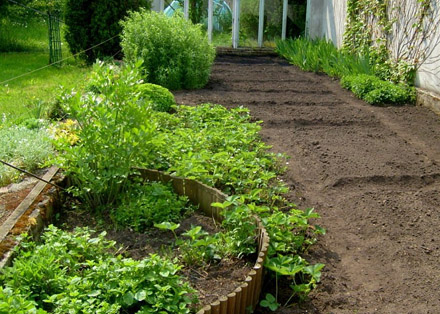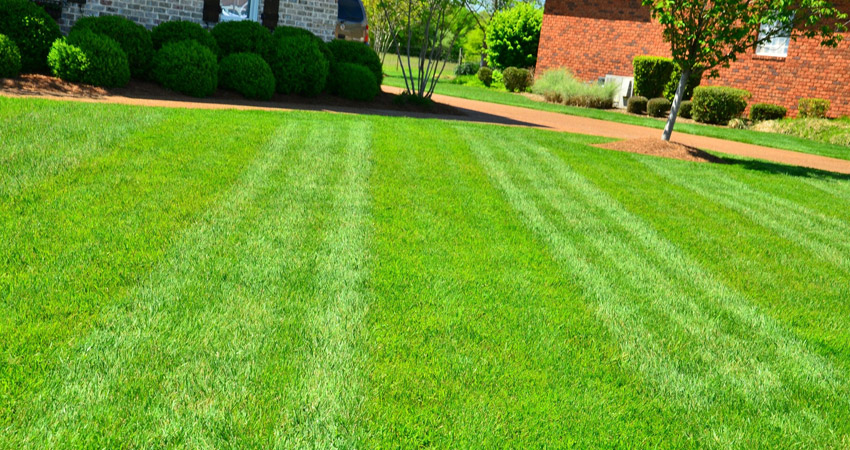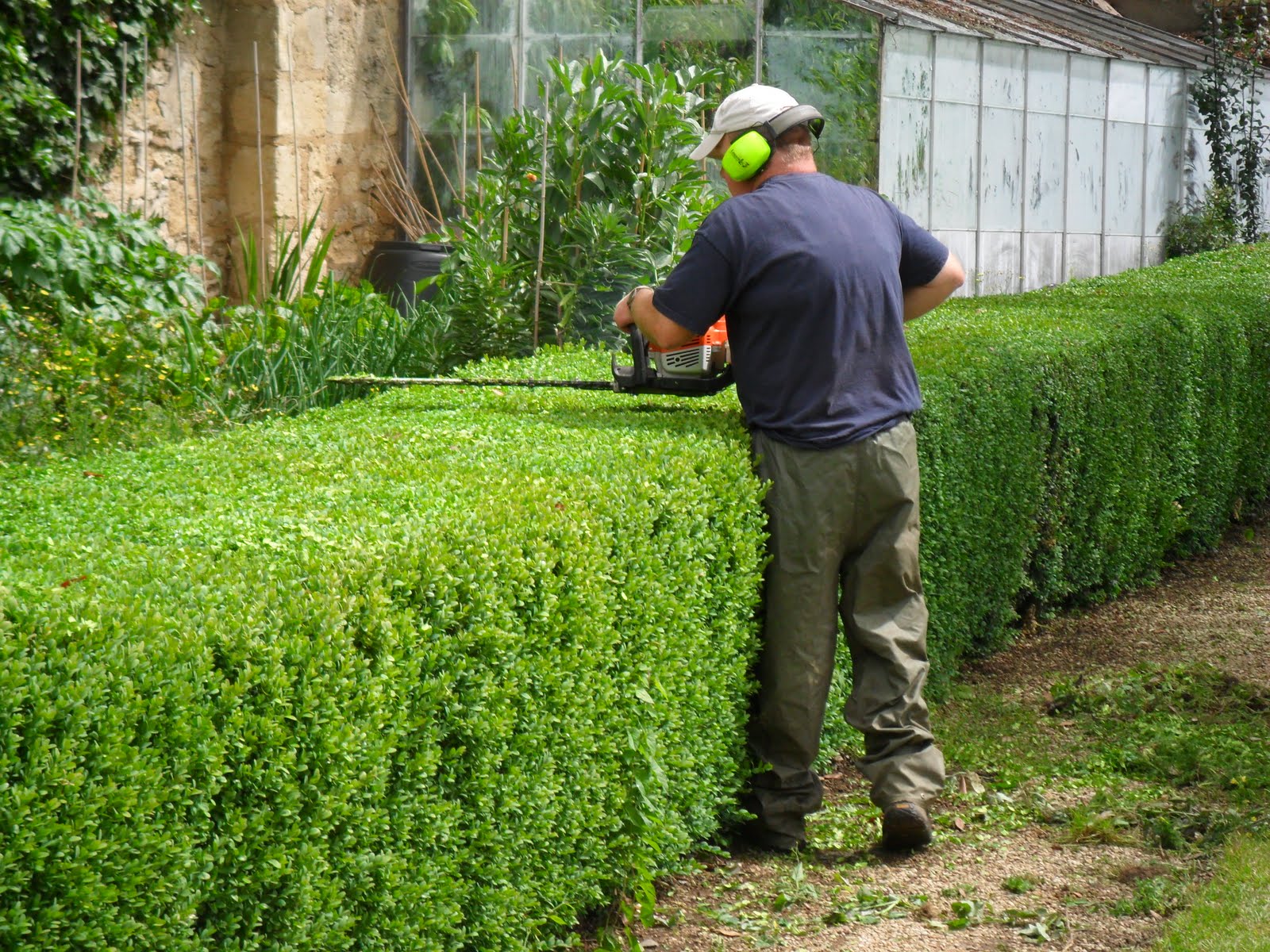 Formowanie żywopłotu
Formowanie żywopłotu
Rozróżnia się silne cięcie korekcyjne (żywopłoty formowane) i umiarkowane cięcie sanitarne (żywopłoty swobodne). Silne cięcie roślin liściastych wykonuje się kilkakrotnie w ciągu roku, co sprzyja lepszemu zagęszczaniu się żywopłotu. Po trzech latach zabieg ten wykonujemy już tylko raz lub dwa razy w ciągu roku. Aby żywopłot nie rozrastał się zbyt szybko, każdorazowo zostawiamy młode pędy długości najwyżej 2 cm.
Krzewy tnie się na początku czerwca i zimą albo tylko na przełomie lipca i sierpnia. Iglaki i inne zimozielone rośliny, z wyjątkiem ligustru, tnie się zazwyczaj raz, wiosną przed rozpoczęciem wegetacji (połowa kwietnia). Niektórzy ogrodnicy tną żywopłot jeden raz — w czerwcu lub na początku lipca. Jeśli potrzebne jest powtórne cięcie, najlepiej wykonać je do połowy lipca. Przy późniejszym terminie cięcia zachodzi obawa przemarznięcia w zimie niedostatecznie zdrewniałych pędów.
Ważny jest dostęp światła do dolnych partii krzewów w żywopłocie. Na skutek braku światła dolna część żywopłotu może się szybko ogołocić. Zapobiegnie temu nadanie żywopłotowi kształtu piramidalnego, czyli szerszego u dołu, węższego w części górnej. Kształt taki osiąga się przez silniejsze cięcie górnej części żywopłotu. Należy na to zwrócić uwagę zwłaszcza w żywopłocie z iglaków.
Płot sztachetowy bardzo ogranicza dostęp światła i utrudnia cięcie krzewów, dlatego w pierwszych latach po posadzeniu roślin lepiej go zastąpić kilkoma rozciągniętymi drutami. Zdeformowany lub zbyt wysoki żywopłot można poprawić bardzo silnym przycięciem starych gałęzi. Taki zabieg najlepiej wykonać w zimie, w styczniu lub lutym.
Cięcie sanitarne swobodnie rosnących żywopłotów ogranicza się do usunięcia uszkodzonych gałęzi oraz gałęzi rosnących tuż nad powierzchnią gleby. Konieczne jest również stałe odmładzanie drzew lub krzewów przez usuwanie gałęzi bardzo starych. Zbyt rozrośnięte krzewy zmniejsza się skracając niektóre gałęzie i pędy.
Wyżej wspomniane cięcia sanitarne wykonuje się piłką lub sekatorem; nożyce żywopłotowe nie nadają się do tego.
Krzewy, które kwitną wczesną wiosną na zeszłorocznych pędach (np. forsycja), tnie się tuż po kwitnieniu. Dzięki temu wyrastają nowe silne pędy gwarantujące obfite kwitnienie krzewów w następnym roku.
Oprócz cięcia odmładzającego można latem wykonać zabiegi, które wprawdzie nie są konieczne, lecz poprawiają wygląd krzewów, np. skracanie zbyt długich pędów jednorocznych. Warto pamiętać, że każdy krzew lub drzewo wymaga indywidualnego traktowania, w zależności od charakteru wzrostu rośliny oraz terminu kwitnienia.



